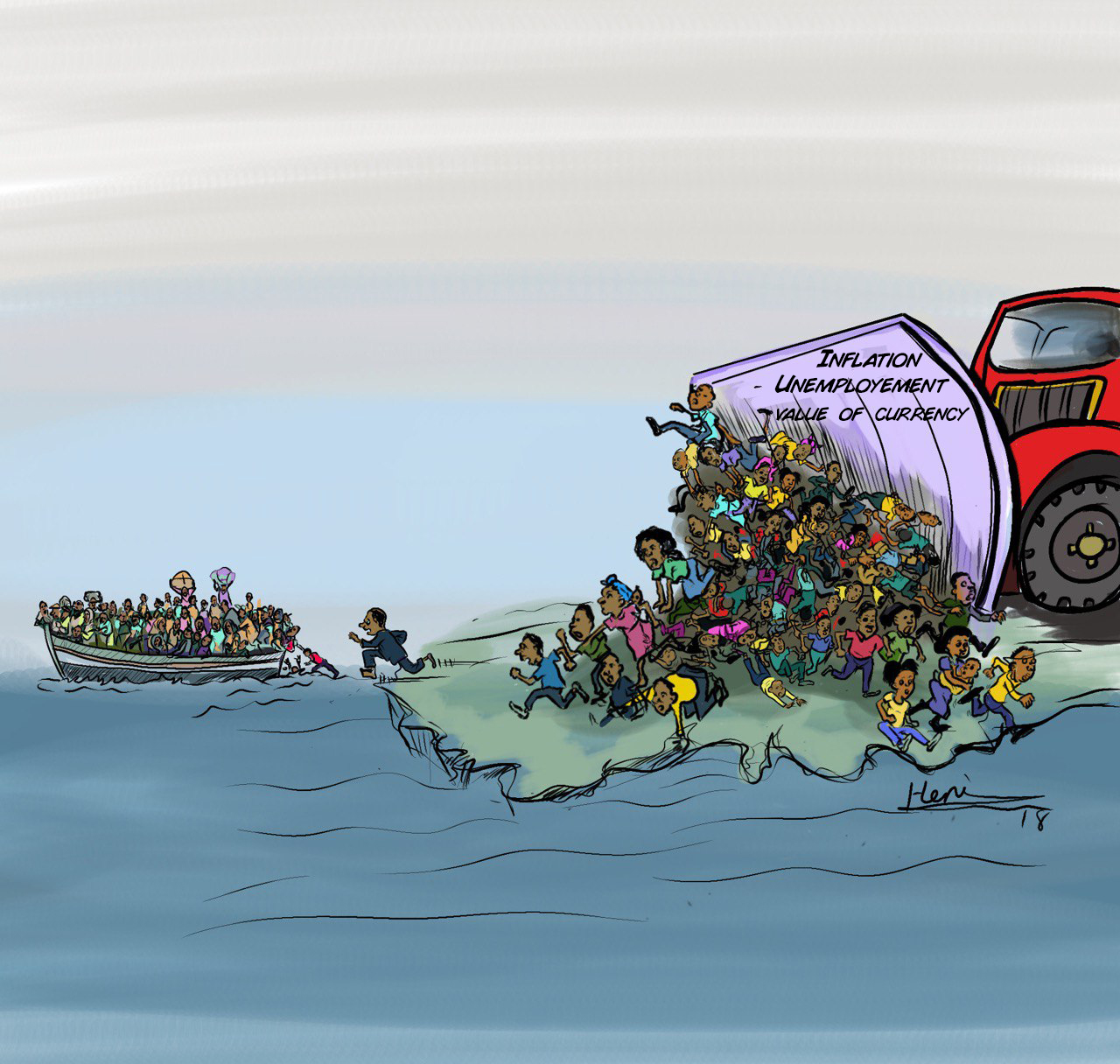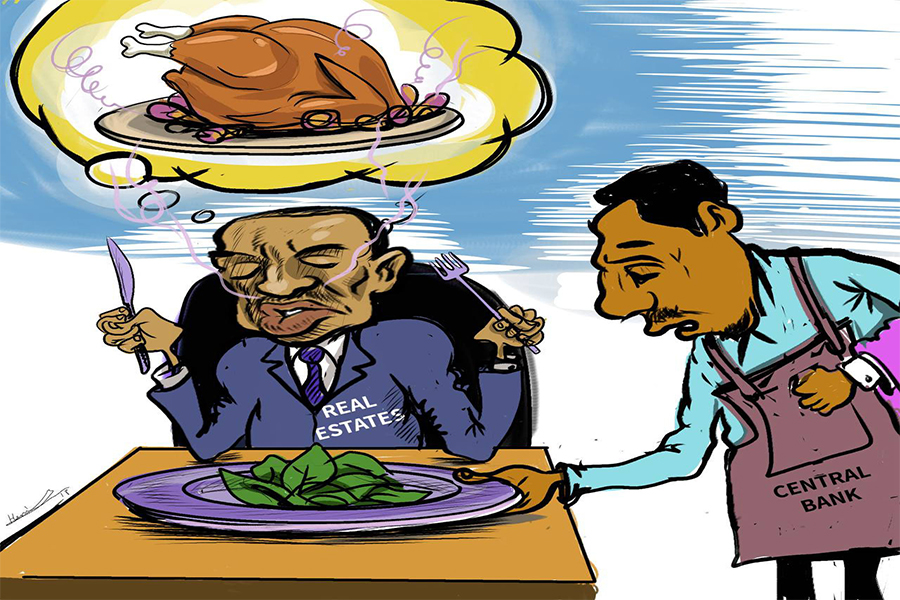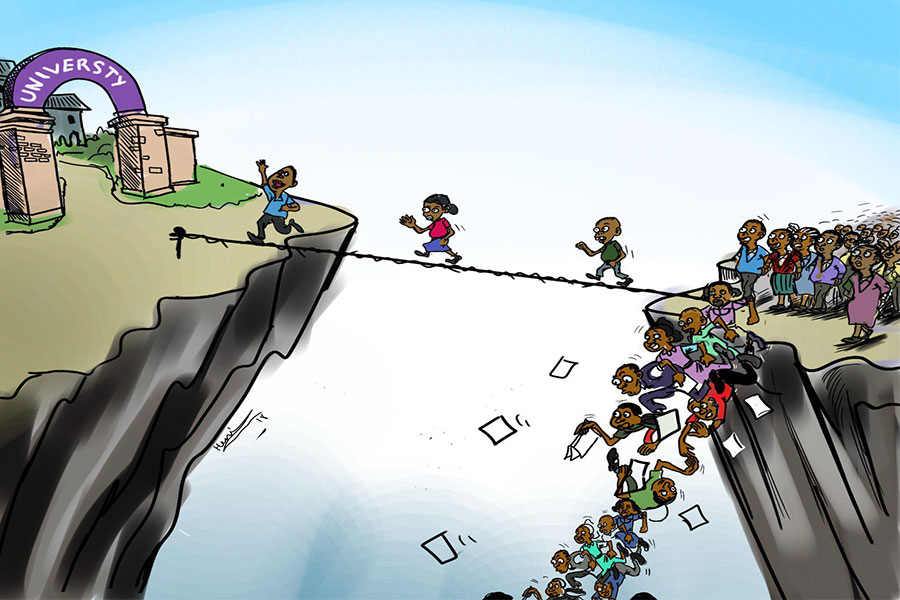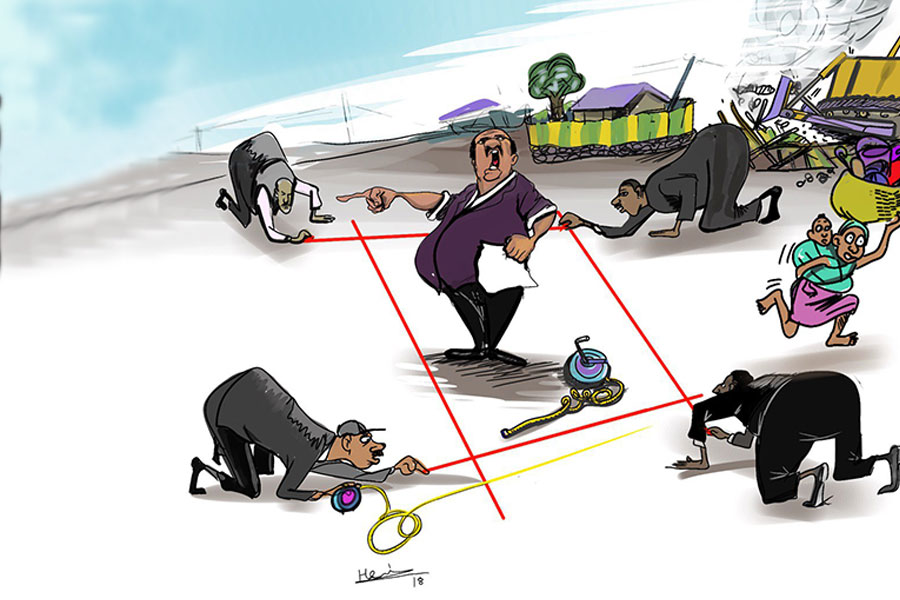
Feb 16 , 2025.
Hijira Bank startled the foreign exchange market last week, posting a buying rate of 126.2 Br for a dollar, outpacing every other commercial bank and setting a 2.19 Br premium over the state-owned Commercial Bank of Ethiopia (CBE).
A strikingly aggressive posturing, Hijira's forex managers displayed an eagerness to secure much-needed foreign currency liquidity, possibly prompted by rising demand from their clients. In sharp contrast, the CBE maintained its buying rate at 124 Br, offering a glimpse of its more conservative posture. Analysts say this could largely be due to its higher market share and the weighty role it plays in stabilising exchange rates.
Many private commercial banks, traditionally reluctant to take big bets in foreign exchange pricing, have joined what appears to be a market-wide push toward higher forex quotes. Zemen, Dashen, Wegagen, and Bank of Abyssinia (BoA) moved above 125 Br on their buying rates last week. This marked a broader adjustment that has swept the market, reflecting the prolonged scarcity of foreign currency and escalating demand from importers and remittance service providers.
Most banks’ selling quotes were close to the Central Bank’s weighted average, signalling that regulators are not entirely hands-off. However, growing gaps between buying and selling rates at some banks, driven by the persistent forex shortage, could reveal a potential for speculative manoeuvring.
Nonetheless, Awash Bank remained an exception among the large private financial institutions. Unlike its peers, it showed restraint by not surpassing the 125 Br threshold. This could be influenced by Awash Bank’s internal forex reserves and its unique appetite for exchange-rate risk. Awash’s forex managers appear confident in the Bank’s holdings, or they may simply be following policies prioritising steady operations over an immediate opportunity to gain ground in the currency market.
Though many observers consider this a cautious response, others say the Bank’s approach might shift if depreciation pressures intensify.
The Birr (Brewed Buck) continued its gentle tumble against the US Dollar (Green Buck), with last week’s developments marking a key milestone for the market. Most banks broke through the psychological barrier of 125 Br, raising eyebrows among businesses that rely on imported goods and services. The Central Bank’s weighted average rate also passed 125 Br, proving that the Birr is losing strength steadily.
The average buying rate hit 125.16 Br, while the average selling rate climbed to 127.73 Br. Fourth-generation banks, such as ZamZam, Tsehay, Tsedey, Goh Betoch, and Gadaa, which had previously led the race by posting higher-than-average offers, have been joined by larger counterparts. Hijira Bank continued to stand out on the selling side, posting 128.73 Br, demonstrating its willingness to push higher rates.
Market observers note that these higher quotes by commercial banks tell of a broader acceptance of the Birr’s depreciation, and it seems unlikely that the market will pull back unless the Central Bank intervenes more forcefully. Over the six business days last week, the depreciation trend showed no sign of reversing, and many bank executives say they expect further weakness if demand remains high and reserves stay under strain. The Central Bank’s decision to let the weighted average above 125 Br (for weeks) clearly signals that the monetary authority relaxes its grip on market forces to operate.
For now, the Birr’s decline looks set to continue. Commercial banks, strapped for foreign exchange, appear ready to respond by offering steeper rates in the days and weeks ahead, which should worry importers and pressure consumers. Many are asking whether the Central Bank will take steps to shore up the currency or keep letting market forces dictate the path forward after watching the Birr reach this new level.
PUBLISHED ON
Feb 16, 2025 [ VOL
25 , NO
1294]

Photo Gallery | 174565 Views | May 06,2019

Photo Gallery | 164791 Views | Apr 26,2019

Photo Gallery | 154981 Views | Oct 06,2021

My Opinion | 136693 Views | Aug 14,2021

Oct 11 , 2025
Ladislas Farago, a roving Associated Press (AP) correspondent, arrived in Ethiopia in...

Oct 4 , 2025
Eyob Tekalegn (PhD) had been in the Governor's chair for only weeks when, on Septembe...

Sep 27 , 2025
Four years into an experiment with “shock therapy” in education, the national moo...

Sep 20 , 2025
Getachew Reda's return to the national stage was always going to stir attention. Once...